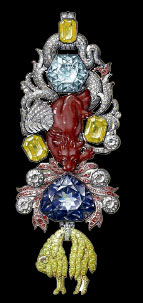Symposium in Basel
March 18 - 19, 2009
Musik Museum,
Basle, Im Lohnhof 9, Roter Saal
Languages : French / German
***
Chefs du projet : Thomas Drescher, Thilo Hirsch
Partenaires : Martin Kirnbauer (Musée de la Musique, Bâle), Florence Gétreau (Paris-IRPMF)
Conferenciers : Katharina Andres (Bâle), Boaz Berney (Jaffa), Jürg Buchwalder (Bâle), Walter Büchler (Bâle), Sarah van Cornewal (Bâle), Olivier Cottet (Le Bois des prés), Jean Duron (Paris), Thilo Hirsch (Bâle), Johanne Maitre (Guebwiller), Anne Piejus (Paris), Vincent Robin (Saint Denis)
***
Concert
March 19, 2009 - 8:15 pm
Leonhardskirche, Basle
Musique de la Grande Ecurie & des Gardes Suisses
Works by J.-B. Lully, A. Philidor, L. Couperin, M.P. Montéclair, J.-B. Prin, . Corrette btw others.
Ensemble arcimboldo, Basle
Ensemble des trompettes de la SCB
Direction : Thilo Hirsch
Details and information :
PDF Français - PDF German
 17th & 18th-Century history, arts & music
17th & 18th-Century history, arts & music





